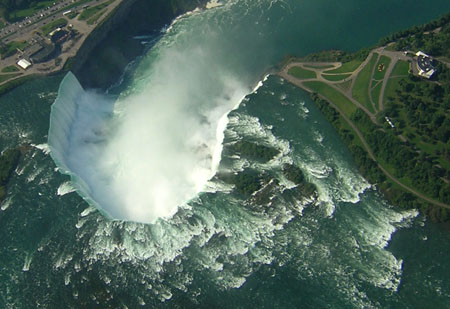The advice that follows cannot be comprehensive and must therefore be regarded as incomplete. Those embarking on potentially hazardous aerial activities should seek and observe appropriate professional and local safety advice. Aerial photography may be undertaken from small and large conventional aircraft, from helicopters, gliders, hot-air balloons, hang gliders, parachutes and paragliders, kites and model aircraft. Guidelines for achieving appropriate safety standards in aerial photography of any type must be obtained from the appropriate expert and local authorities, but may be summarized as:
- seeking and observing appropriate professional and local safety advice;
- complying with the law;
- separating the flying, photography and lookout duties, and agreeing clearly-defined responsibilities;
- not taking risks;
- preparing and stowing camera equipment properly, and
- keeping things as simple as possible.
Military low flying occurs in most parts of the world, typically at heights up to 2,000 feet above the local terrain. However, the greatest concentration of activity probably occurs between ground level and 1,000 feet above the local terrain. It is therefore good practice to avoid this height band as much as possible. Clearly, it is vital to speak directly to the appropriate authorities before flying.
Regulations applied to kites and tethered hot-air balloons are remarkably simple in many areas. Activities are typically limited to a height of 200 feet (60 metres). This limit may be halved within the flight area of an airport. Free-flying hot-air balloons may be given clearance by the appropriate authorities to fly much higher in almost any area where it is safe to do so. Equipment carried in the basket of a hot-air balloon should be tethered and well padded in preparation for landing. Dropping cameras and lenses is life-threatening not only for the equipment but also for people and property on the ground. Rough landings in winds greater than about three or four knots can result in equipment being scattered across the landing site.






